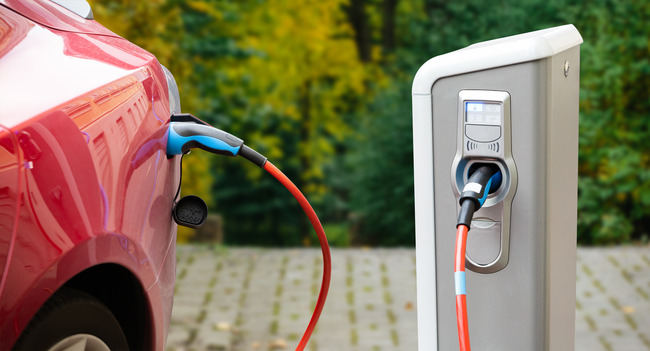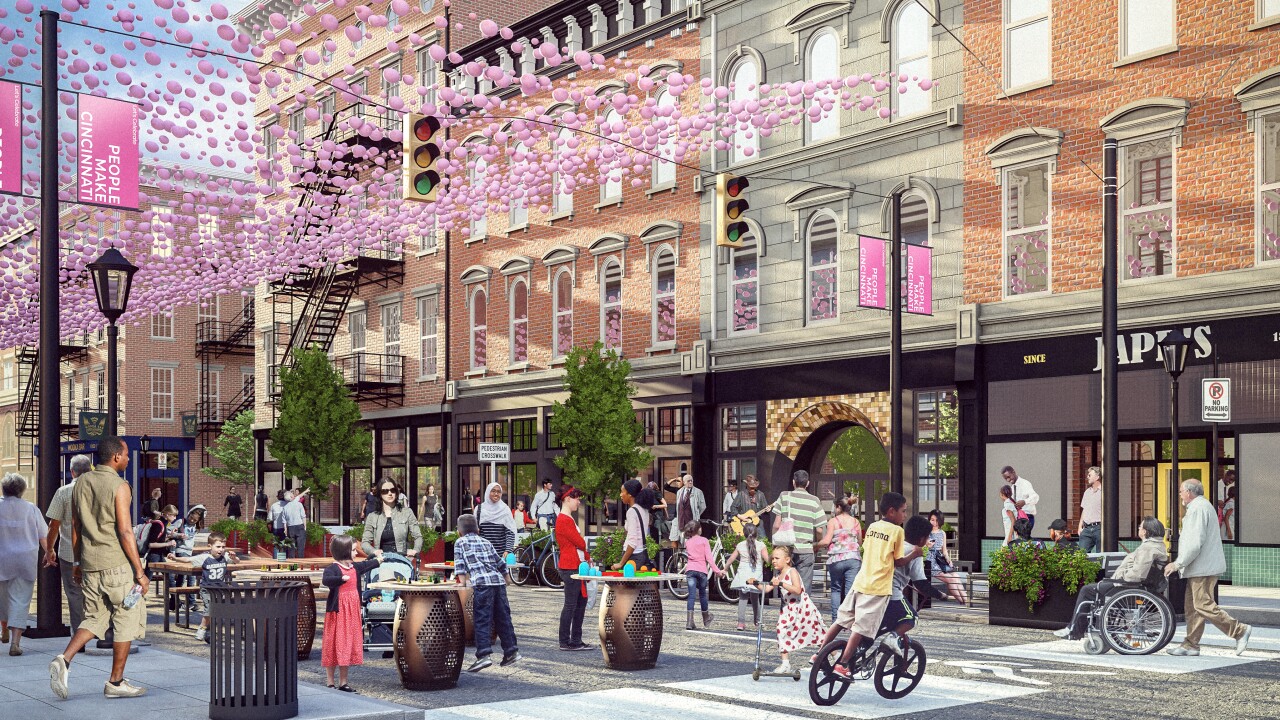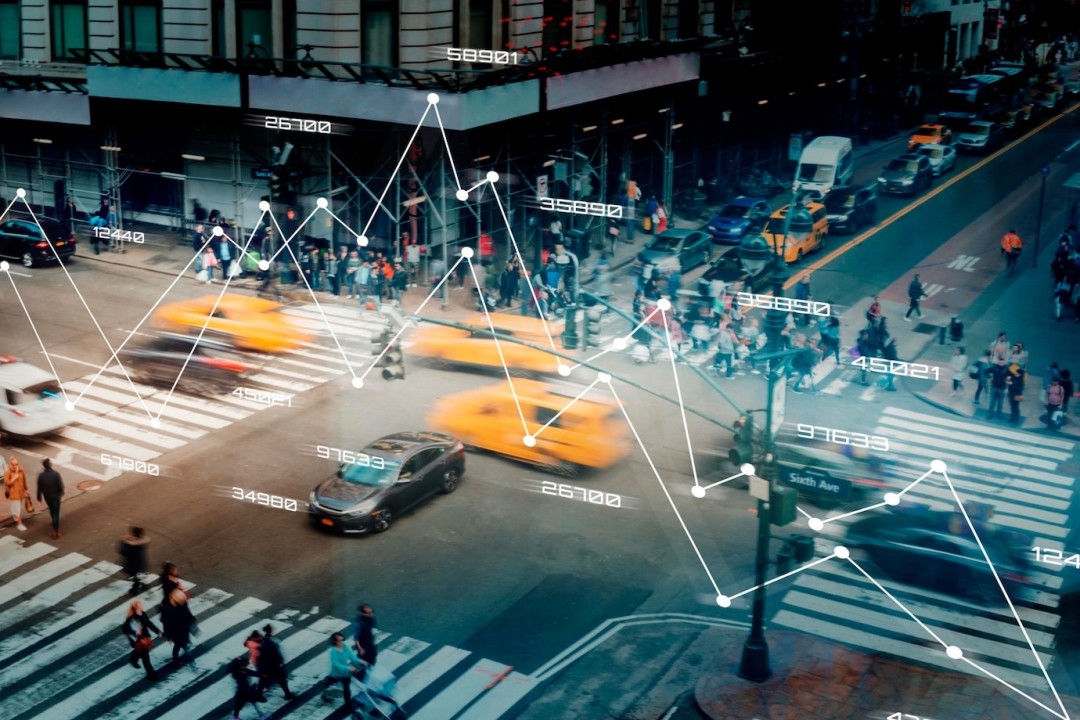The advent of electric vehicles (EVs) is not just a revolution in the automotive industry; it’s reshaping urban planning and infrastructure development. As cities around the globe witness a surge in EV usage, urban planners face both challenges and opportunities. This article explores the multifaceted impact of electric vehicles on the urban landscape.
A New Era in Transportation
The shift from traditional gasoline-powered vehicles to electric ones represents a major turn in urban mobility. This transition is driven by the need to reduce carbon emissions, combat climate change, and improve air quality in cities. With governments worldwide incentivizing EV purchases, the presence of electric vehicles on city streets is rapidly increasing.
Rethinking Infrastructure: The Need for Charging Stations
One of the most immediate impacts of this EV surge is the need for widespread and accessible charging infrastructure. Urban planners are tasked with integrating charging stations into existing cityscapes, not just in public spaces but also in residential and commercial areas. The placement and availability of these charging points are crucial to facilitate the transition to electric vehicles.
Adapting Power Grids for Increased Demand
The rise in EV usage poses a significant challenge to existing power grids. Cities must adapt their energy systems to handle this increased demand while ensuring reliability. This includes upgrading power grid capacities and investing in renewable energy sources to sustainably meet the additional electricity requirements.
Reducing Urban Pollution and Noise
Electric vehicles offer substantial environmental benefits. Unlike conventional vehicles, EVs produce zero tailpipe emissions, contributing to cleaner air in urban areas. They also operate much more quietly, reducing noise pollution – a significant concern in densely populated cities.
Influencing Urban Design and Real Estate
The proliferation of EVs influences urban design and real estate development. For example, new residential and commercial buildings are increasingly incorporating EV charging facilities in their designs. This not only adds value to properties but also encourages the adoption of electric vehicles.
Promoting Sustainable Urban Mobility
The rise of electric vehicles aligns with broader goals of sustainable urban mobility. It complements other green initiatives like bike-sharing programs and improved public transportation, fostering a more holistic approach to urban transport.
Policy Initiatives and Incentives
To accelerate the adoption of EVs, many cities are implementing policies and incentives. These include tax rebates, subsidies for charging station installation, reduced parking fees, and even preferential traffic lanes for electric vehicles.
Conclusion
The rise of electric vehicles is more than a transportation trend; it’s a catalyst for broader changes in urban planning and infrastructure. As cities adapt to this electric revolution, the benefits extend beyond just cleaner transportation – they pave the way for more sustainable, efficient, and livable urban environments.
This article incorporates SEO-friendly keywords related to electric vehicles and urban planning, aiming to engage readers interested in sustainable transportation and city development. If you’re satisfied with this approach, I can continue crafting articles for the remaining topics.












